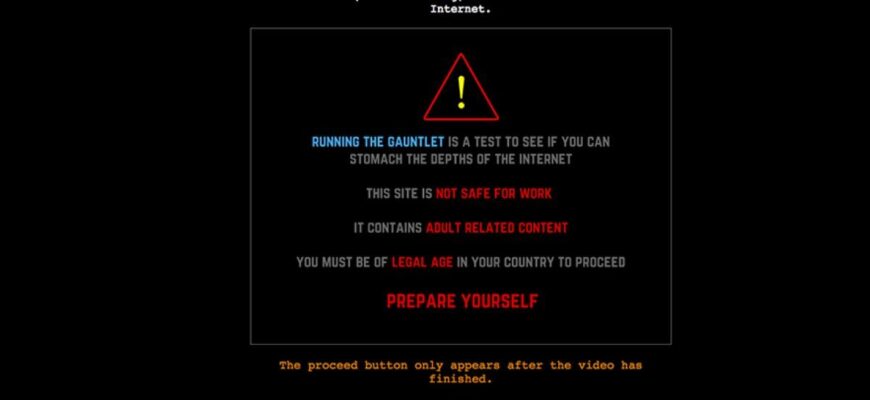In the evolving landscape of urban mobility, few innovations have sparked as much debate, delight, and occasional disdain as the electric scooter. Once hailed as a whimsical addition to cityscapes, these two-wheeled contraptions have rapidly matured into a critical component of “last-mile” transportation. Yet, as their popularity soars, so does the friction between convenience, public safety, and the often-stifling hand of regulation. Across Russia, this tension is reaching a critical juncture, with leading kicksharing operators now issuing a unified plea against outright bans, advocating instead for intelligent, collaborative governance.
The Operators` United Front: Beyond Recreation, Towards Necessity
Major players in Russia`s micromobility scene, including Yandex Go, MTS Urent, and Whoosh, have recently voiced strong opposition to the blanket prohibition of e-scooters. Their message is clear: these aren`t just toys; they are a legitimate form of urban transit. As a representative from MTS Urent aptly put it, users aren`t merely “killing time”; they`re commuting, bridging the gap between home and metro, or metro and work. This utilitarian shift is underscored by impressive growth, with Urent alone reporting a 40% increase in rides in the first half of 2025. This isn`t a leisure activity; it`s an economic and logistical imperative for many city dwellers.
The Tale of Two Approaches: Moscow`s Blueprint vs. Regional Bans
The stark contrast in regulatory philosophies is perhaps best illustrated by comparing Moscow`s proactive stance with the more draconian measures seen in smaller cities like Blagoveshchensk and Yelabuga. In the capital, collaboration between operators and city authorities has reportedly led to a remarkable 60% reduction in e-scooter related accidents. This success story hinges on a policy of structured regulation: mandatory speed limits, designated slow and forbidden zones in high-traffic areas, and a system of penalties and account blocks for those who flout the rules. It`s a pragmatic recognition that modern cities must adapt to new transport modes, not simply repel them.
Conversely, in Blagoveshchensk, Mayor Oleg Imameev cited a “mass public support” for initial restrictions that failed to curb the problem, pushing the city towards a complete ban. The issue, he explained, wasn`t just about ride-sharing scooters but also personal devices, blurring the lines of what is permissible. Post-ban, the streets of Blagoveshchensk are reportedly largely devoid of scooters, a testament to the effectiveness of prohibition, but also, perhaps, a sign of missed opportunities for integrated urban planning. The editor of a local news agency, Anna Krasnobaeva, highlighted the public`s conflicting views: understanding the mayor`s frustration with unregulated chaos, but also lamenting the loss of a convenient transport option. She pointed squarely at a critical deficiency: the lack of adequate infrastructure.
The Core Dilemma: Infrastructure Lag and Behavioral Chaos
The heart of the e-scooter debate often boils down to infrastructure. While operators diligently implement technological safeguards – geofencing, speed caps, and parking enforcement – the urban fabric itself frequently lags behind. Over 60% of accidents, operators note, occur at the intersection of pedestrian and vehicle pathways, a clear indicator of the need for dedicated micromobility lanes. Cities like Moscow, Nizhny Novgorod, and Kaliningrad are pioneering the creation of such infrastructure, but its widespread adoption will require significant time and investment. The irony is palpable: cutting-edge personal transport systems navigating infrastructure designed for horse-drawn carriages, or at best, early automobiles.
This sentiment is echoed by Konstantin Krokhmal, a public safety expert, who describes Russia`s micromobility market as “chaotic.” His call is for a radical transformation: a complete overhaul of urban design to accommodate e-scooters, not just “marking lines on sidewalks.” He envisions a future where riders adhere strictly to dedicated paths, facing severe penalties—including account suspension for years—for infractions like abandoning scooters haphazardly. Until such a robust, trackable, and punitive system is in place, he argues, a full ban in major cities is the only logical recourse.
Numbers and the Future: A Question of Integration, Not Elimination
Despite the controversies, the numbers tell a compelling story. The Association of Micromobility reported 272 million scooter trips in Russia last year, a one-third increase. Kicksharing services are active in over 200 Russian cities. Furthermore, while every accident is regrettable, a broader perspective on traffic safety reveals a nuanced picture: out of over 12,000 traffic fatalities in Russia last year, only 54 involved individual mobility devices. This suggests that while safety concerns are valid, they might be disproportionately amplified in public discourse compared to other modes of transport.
The Ministry of Transport`s roadmap for micromobility development, which extends to 2030, prioritizes growth and integration rather than prohibition. This strategic alignment implies a long-term vision where e-scooters are not merely tolerated but are an integral part of diversified urban transport systems. The challenge, then, isn`t whether e-scooters belong in our cities, but how to effectively integrate them without sacrificing pedestrian safety or urban order. It`s a complex equation that demands not just technological solutions from operators, but visionary urban planning and robust enforcement from authorities. The next chapter in the e-scooter saga will undoubtedly be written by the degree to which these stakeholders can find common ground, fostering a future where convenience and safety coexist on our crowded urban paths.








